** Our bookshop in Berlin-Mitte has closed ** Orders available only via www.bomdiabooks.de **
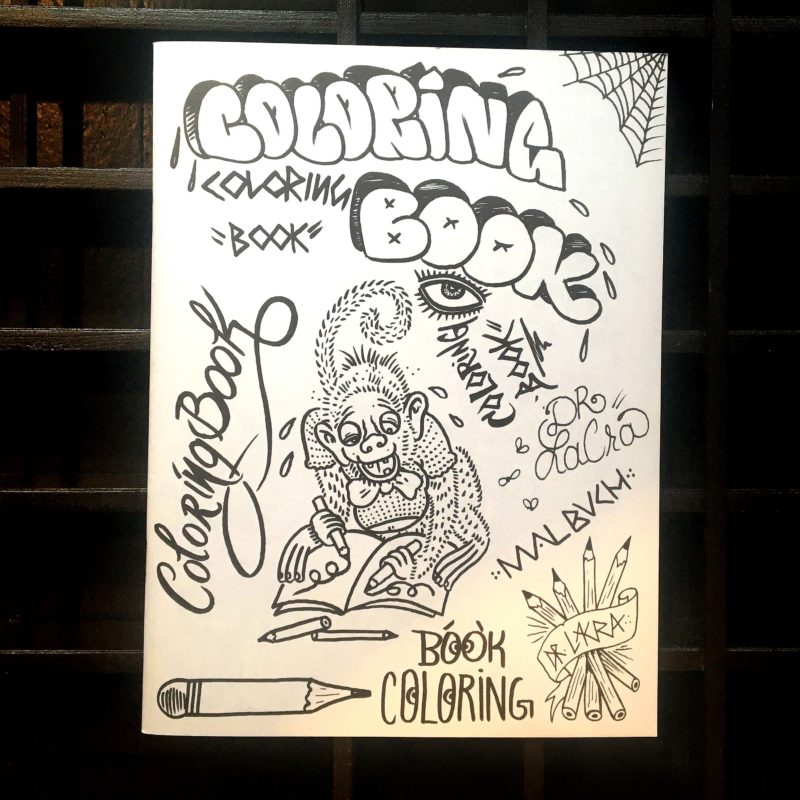
€14,00

€16,50
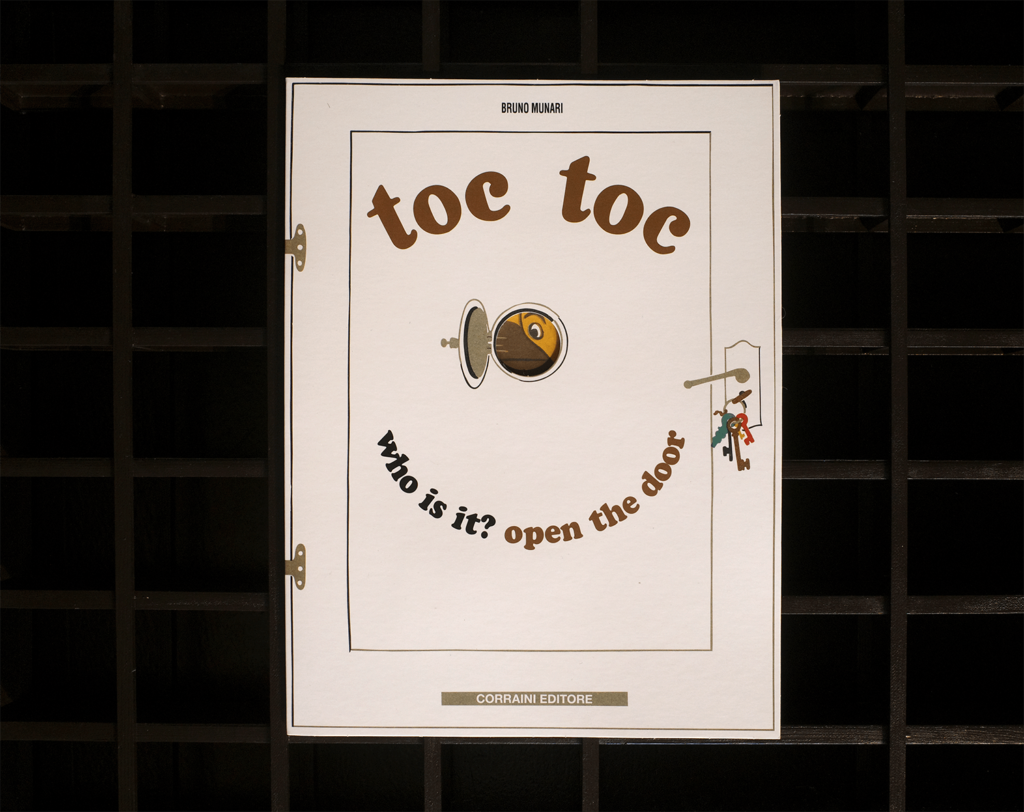
This book is one of the reprints of the exceptional books for children created by Munari in ’45, which are still as fresh and new as ever. Toc toc is perhaps the best known and most representative of the series. As with the other books, Munari plays with an essentially visual story full of expectations and surprises created using the simplest of devices. Toc toc (knock knock) … and a door opens. ↑ ↓ ↓
€16,50
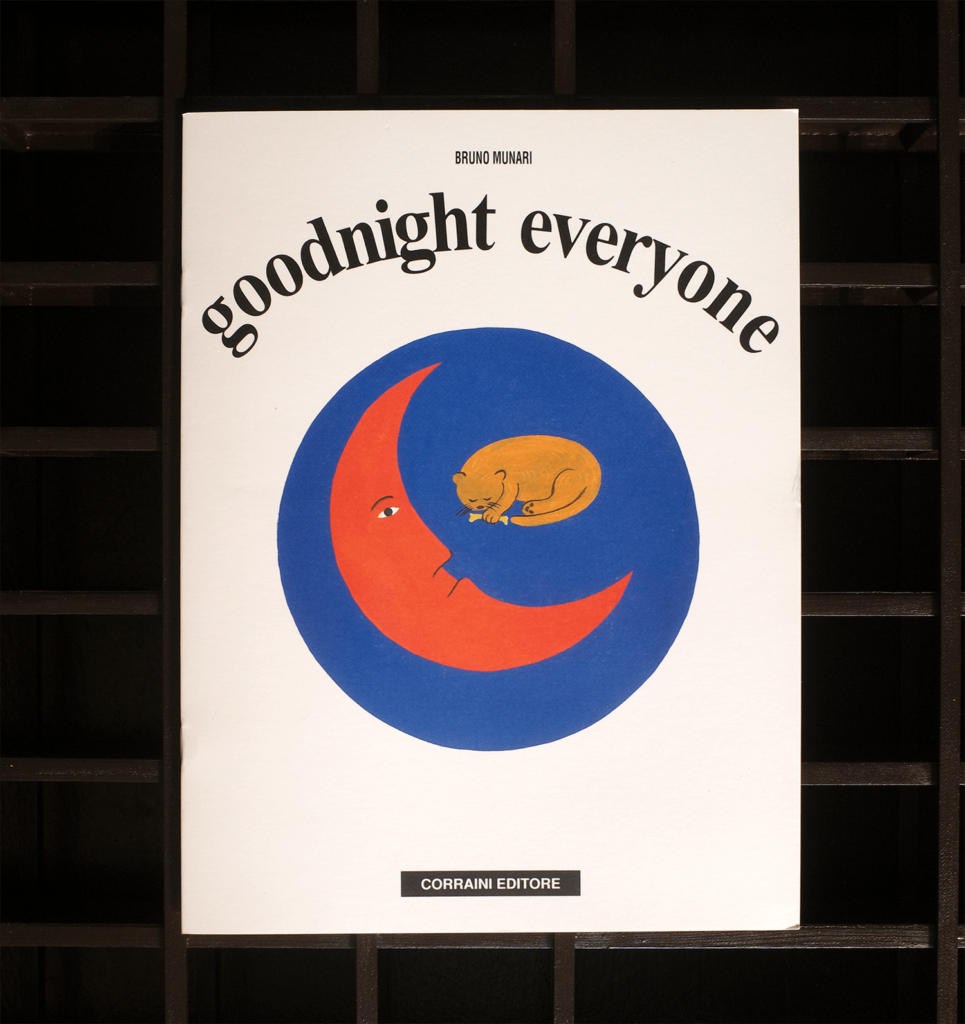
When it gets dark, it's time to go to bed for everyone. But where do all the animals go find a shelter? Good night to everyone is one of the eight books of the historic 1945 series by Munari. He devised these lively books/albums for children using large pictures, pages and inserts of different sizes and varying holes to arouse the curiosity of the observer and let him literaly hang at each page. ↑ ↓ ↓
€16,50

Where did the colorful balls disappeared? And the rabbit? And the three of Hearts? Together with other eight albums, The yellow conjurer is part of the historic 1945 series created by Munari. He devised these lively books/albums for children using large pictures, pages and inserts of different sizes and varying holes to arouse the curiosity of the observer and let the reader literally hang at each page. ↑ ↓ ↓
€16,50
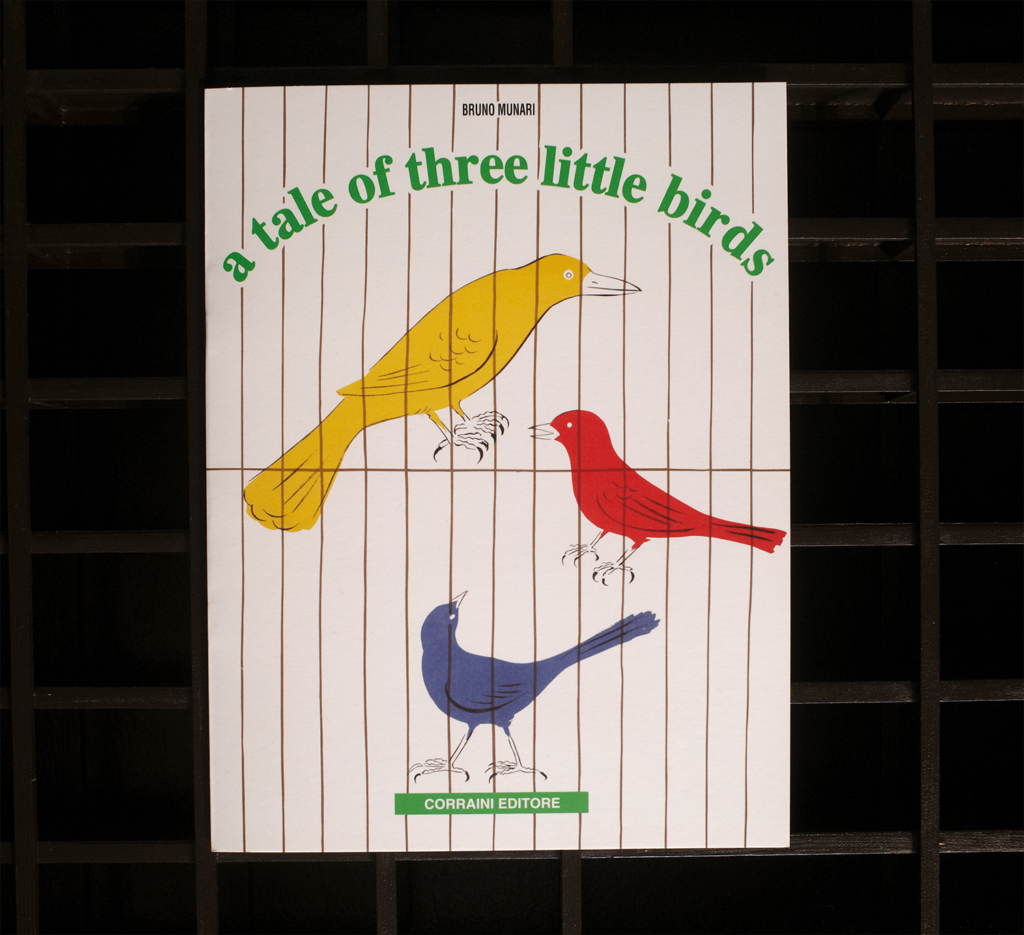
How happened that Chì, Chià and Chiò ended up in a cage? Munari tells a story that will make us desire to open all those cages and make these little birds free again. A tale of three little birds is one of the eight books of the historic 1945 series. Munari devised these lively albums for children using large pictures, pages and inserts of different sizes and varying holes to arouse the curiosity of the observer and let him litteraly hang at each page. ↑ ↓ ↓
€16,50
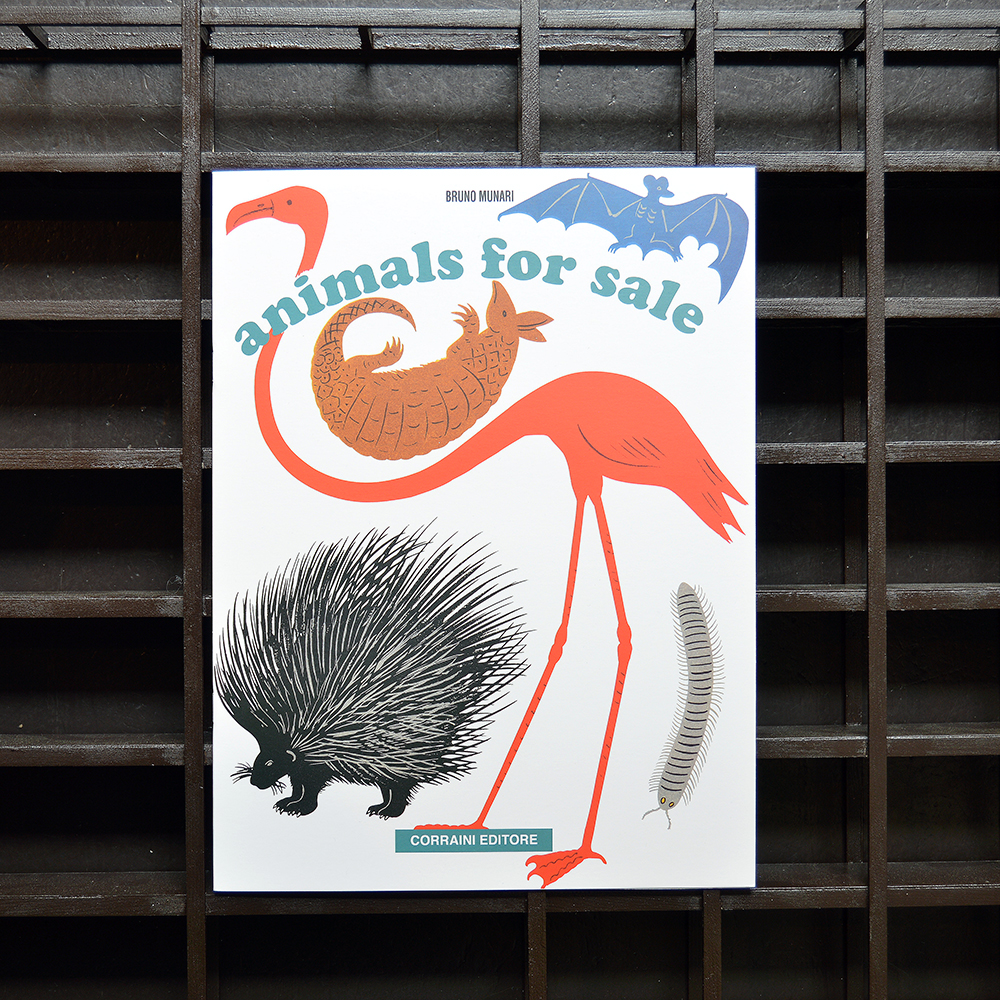
€16,50

€16,50
SOLD OUT

€16,50

The problem with coloring books is that they seem to be more about filling time rather than a page. It’s as if they suggest that there is no negotiation involved in the processes which give shape to things on paper, or the subjects they depict. Shouldn’t geometry, scale and proportion be as wild on paper as they are in the wild? This small book is not about censorship, nor is it explicitly about the colouring-in of vegetables: the full-page figures from Maxwell Tylden Masters’s Vegetable Teratology: An Account of the Principal Deviations from the Usual Construction of Plants (1869) are not bound to botany. As abstract illustrations they function as an exploration into morphological occurrences, rejecting the goal-oriented, the figurative, and the categorical. Following a traditional format, the Vegetable Teratology Colouring Book (edited by Nina Canell & Robin Watkins) attempts to open up a creative bypass, embracing the multitude of forms that may emerge as a pear or plum. Time then to draw out the possible colors of fruit to come. In the publication, Masters’s botanical illustrations have been contextualised by a glossary, image captions, and a short text by Robin Watkins. ↑ ↓ ↓
€14,00
SOLD OUT